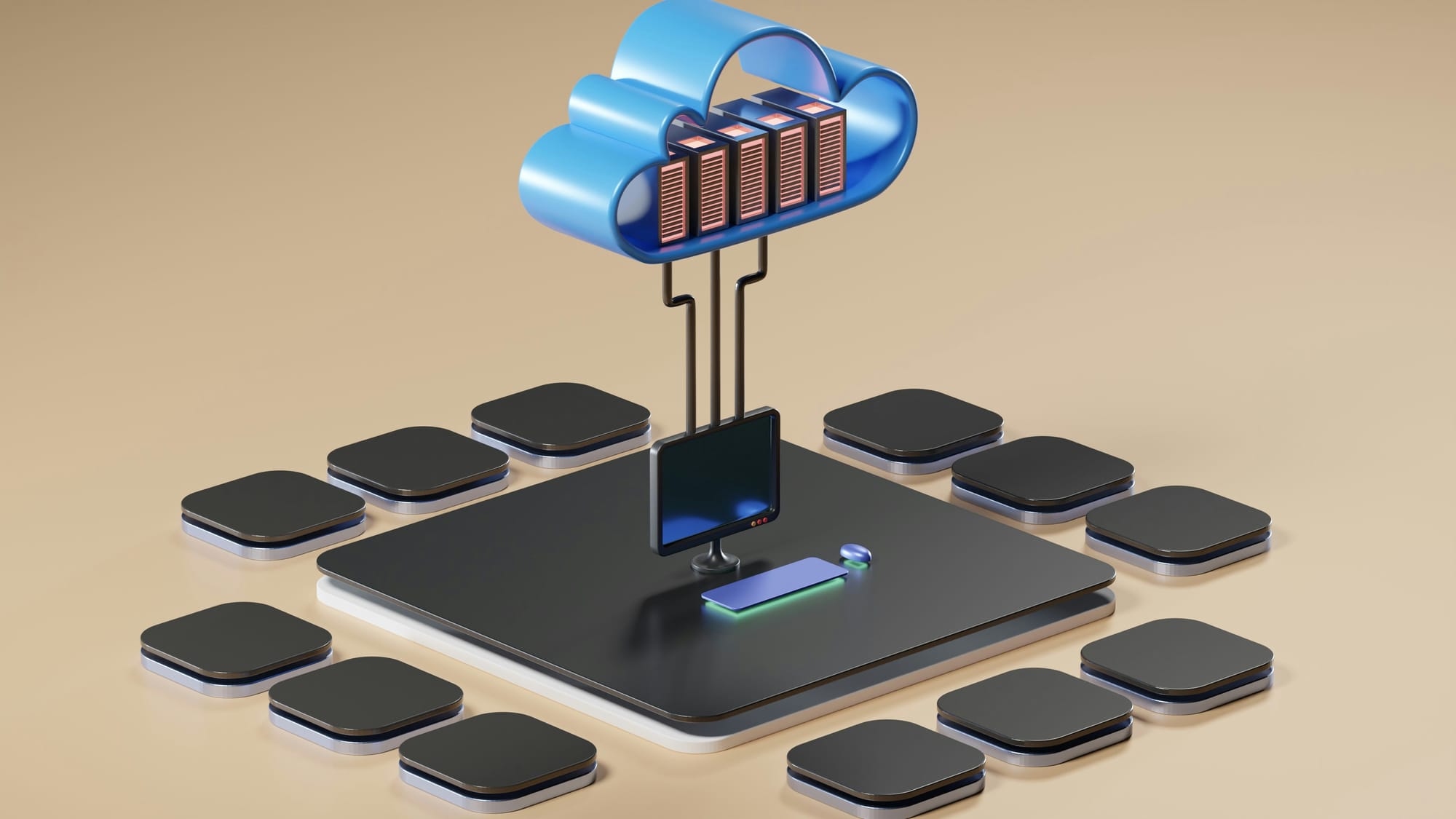In today's fast-paced digital world, the boundaries between technology and creativity are increasingly blurred. Innovations in augmented reality (AR), blockchain, cloud computing, coding, design, gadgets, graphics, UI/UX, and virtual reality (VR) are reshaping industries and creating new possibilities. This essay explores the dynamic interplay between these elements and their impact on various sectors.
Augmented Reality and Its Applications
Augmented reality (AR) overlays digital information onto the real world, transforming how we interact with our environment.
Enhancing Everyday Experiences
From Pokémon GO to AR shopping apps, AR enhances everyday experiences by providing additional context and interactivity. In retail, AR allows customers to virtually try on clothes or see how furniture would look in their homes before making a purchase. In education, AR transforms learning by making abstract concepts tangible; students can interact with 3D models of historical artifacts or scientific phenomena.
"Augmented reality is transforming the retail landscape, offering immersive shopping experiences that engage customers in new and exciting ways." – TechCrunch
Future Prospects of AR
As AR technology advances, wearable devices like AR glasses are expected to become more prevalent, making AR a seamless part of daily life. The integration of AR in various fields, from healthcare to entertainment, promises a future where digital and physical realities coexist harmoniously.
Blockchain Revolutionizing Security and Transparency
Blockchain technology, the backbone of cryptocurrencies like Bitcoin, is a decentralized ledger that records transactions across multiple computers, enhancing security and transparency.
Applications Beyond Finance
In supply chain management, blockchain can track products from origin to consumer, ensuring authenticity and reducing fraud. In healthcare, it offers secure patient records management, facilitating safe and efficient data sharing among healthcare providers.
Overcoming Challenges
Blockchain faces challenges such as scalability and regulatory hurdles. Overcoming these obstacles will be crucial for its widespread adoption and the realization of its full potential.
Cloud Computing Enabling Digital Transformation
Cloud computing provides on-demand access to computing resources over the internet, enabling digital transformation across industries.
Benefits of Cloud Computing
The benefits of cloud computing are manifold:
- Scalability: Allows businesses to adjust their resources based on demand.
- Cost Efficiency: Reduces the need for physical infrastructure.
- Accessibility: Ensures data and applications can be accessed from anywhere.

Leading Cloud Service Providers
Leading cloud service providers, such as Amazon Web Services (AWS), Microsoft Azure, and Google Cloud, offer a range of tools and services that help businesses harness the power of the cloud. These platforms provide everything from basic storage solutions to advanced machine learning capabilities, enabling businesses to innovate and stay competitive in a rapidly evolving digital landscape.
Coding and Its Creative Process
Coding is the foundation of the digital world, enabling the creation of software, websites, and applications. It is not just about logic and algorithms; it's also a creative process.
Popular Coding Languages
- Python: Known for its simplicity and versatility.
- JavaScript: Essential for web development.
- Java: Widely used in enterprise environments.
Encouraging Innovation Through Code
Developers often find innovative solutions to problems, blending technical skills with creative thinking. For example, game developers use coding to create immersive and interactive experiences, while web developers design aesthetically pleasing and functional websites. Hackathons and coding competitions foster an environment where developers can experiment and push the boundaries of what's possible, leading to new and exciting technological advancements.
Design Merging Functionality and Aesthetics
Good design is about more than just aesthetics; it's about functionality and user experience. Principles such as balance, contrast, and alignment play a crucial role in creating effective designs.
Importance of UI/UX Design
UI/UX design ensures that digital products are intuitive and enjoyable to use. Designers focus on creating interfaces that are easy to navigate and provide a seamless user experience.




Design process
Tools like Adobe Creative Suite, Sketch, and Figma are essential for designers, providing the necessary resources to create stunning visuals and interfaces.
"Design is not just what it looks like and feels like. Design is how it works." – Steve Jobs
Inclusive Design Practices
Inclusive design practices are critical, ensuring that digital products are accessible to everyone, regardless of their abilities. Designing for accessibility means considering aspects such as screen readers, keyboard navigation, and color contrast, making sure that everyone can interact with digital products comfortably and effectively.
Virtual Reality Creating Immersive Digital Experiences
Virtual reality (VR) offers immersive experiences that transport users to different worlds. From gaming to virtual tours, VR is changing how we experience digital content.
Applications in Various Sectors
In entertainment, VR games provide players with a sense of presence and immersion that traditional games cannot match. Titles like Half-Life: Alyx showcase the potential of VR to deliver truly transformative gaming experiences. In education, VR can take students on virtual field trips, allowing them to explore historical sites or distant planets from their classrooms. In healthcare, VR is used for therapy and rehabilitation, helping patients recover by engaging in virtual activities. Real estate agents use VR to offer virtual property tours, enabling potential buyers to explore homes without physically visiting them.
"Virtual reality is the first step in a grand adventure into the landscape of the imagination." – Frank Biocca
Designing for VR
Designing for VR requires a unique approach, considering aspects such as 3D space and user interaction. VR designers must create environments that are not only visually appealing but also intuitive to navigate, ensuring that users have a seamless and enjoyable experience.
Conclusion
The convergence of technology and creativity is opening up new possibilities and transforming how we live, work, and interact. From augmented reality and blockchain to cloud computing and virtual reality, these advancements are driving innovation across various sectors. As we continue to explore these technologies, it's essential to stay informed and adapt to the rapidly changing landscape. Embracing these innovations will enable us to create a future where technology enhances creativity and improves our everyday lives.
Future Directions
As we look to the future, several trends and developments stand out:
- Integration of AI and ML: Artificial intelligence and machine learning will further integrate with AR, VR, and cloud computing, providing more personalized and intelligent experiences.
- Sustainable Tech: Innovations aimed at reducing the environmental impact of technology will become more prominent, from energy-efficient data centers to eco-friendly gadgets.
- Enhanced Connectivity: With the expansion of 5G networks, the potential for real-time, high-speed interactions in AR and VR will grow, leading to more seamless and integrated digital experiences.
By leveraging the power of these technologies and incorporating creative thinking, we can unlock new potentials and drive progress in the digital age. Whether you're a designer, developer, or simply a tech enthusiast, the future holds exciting opportunities for everyone.


